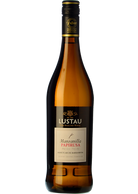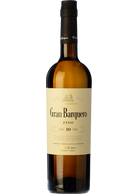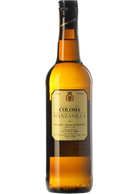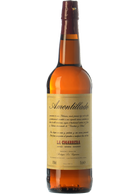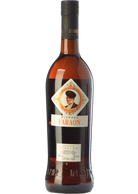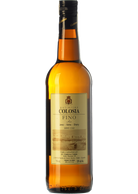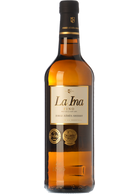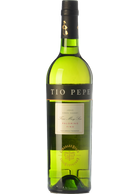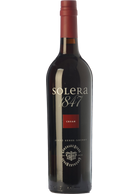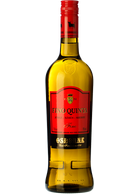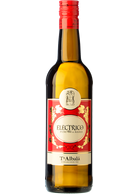Sherry and port wine
Fortified wines are wines with an alcoholic content between 15º and 23º obtained by the addition of distilled spirits. Blending fortified wines with a natural sweet wine or concentrated must produce a sweeter wine, known as a fortified liqueur wine (vino generoso de licor, in Spanish) as long as it contains over 5 grams of sugar per liter. Having said that, though, there is an intricate range of styles and varieties of fortified wines. To understand and appreciate these wines better, it is worthwhile taking time to understand how they are made and what differences exist among them.
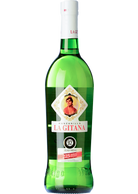

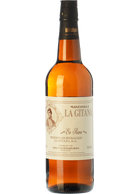

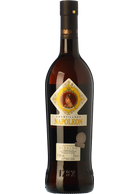


Valdespino Manzanilla Deliciosa en Rama - Saca de Primavera (0.37 L)

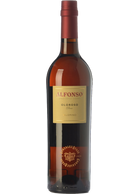
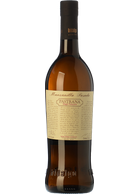
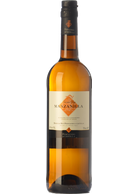
Fernando de Castilla Classic Manzanilla
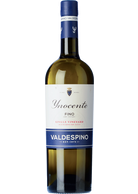
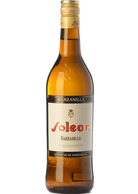
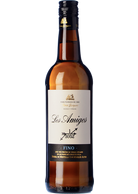
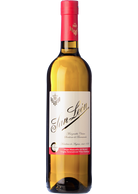

De Bartoli Marsala Superiore Oro Vigna La Miccia 2019 (0.5 L)



Williams & Humbert Jalifa Amontillado 30 años (0.5 L)

Williams & Humbert Col. Añadas Fino en Rama 2015 (0.5 L)

Understanding fortified wines
How are fortified wines made?
Fortified wine is made by adding distilled spirit to a base wine during or after fermentation. The kind of fortified wine produced depends on the base wine and the process used. For example, different kinds of sherry wines from Jerez include Finos, Amontillados, and Olorosos. After they have been fortified, the wines are usually aged in wooden barrels.
Aging fortified wines
The process for aging fortified wines can be oxidative (for example, Oloroso wines), biological (Finos) or a combination of both types (Amontillados). Oxidative aging occurs when the wine in question is in contact with air, whereas biological aging refers to wine aged under a film or veil of flor, a layer of yeast protecting the wine from exposure to air and oxidation and adding nutrients and interesting aromas. The aging process can also be a static one taking place in the same barrel, or a dynamic one where the wine is transferred from barrel to barrel, blending it with different ages of wines placed in rows of barrels known as criaderas, with the final row being known as the solera.
Grapes for fortified wines
Palomino Fino and Pedro Ximénez in Spain, Touriga Francesa and Touriga Nacional in Portugal, and Grillo in Italy are some of the most commonly used grapes in the three most significant countries in the world of fortified winemaking.
The most famous fortified wine regions in the world
Spain is undoubtedly one of the most important countries when it comes to fortified wines, especially in the Jerez region; Fino, Manzanilla, Oloroso, Amontillado and Cream sherry (a vino generoso de licor) are essential names to try in the world of fortified wines. Other important wine-making areas in Andalusia include Malaga and Montilla-Moriles. Port wine is made in Portugal, in one of the oldest protected wine-making regions, or appellations, in the world. The Portuguese island of Madeira is home to the splendid Madeira wines. The Italian island of Sicily is also well-known for producing the most popular Italian fortified wine: Marsala.
Pairings with different kinds of fortified wine
The wide diversity of fortified wines means there is also a wide range of possible pairings. Finos and Manzanillas pair excellently with ham and "pescaíto frito" (small fried fish), whereas Amontillado is a good choice for dishes more difficult to combine with, such as wild asparagus or artichokes. The intensity of Oloroso calls for stronger dishes such as mature cheese or game. Port and Stilton cheese is a hard-to-beat classic combination, closely followed by Port and dark chocolate. Sweeter wines such as Cream sherry go very well with spicy fruit cake, vanilla ice-cream or foie gras.
